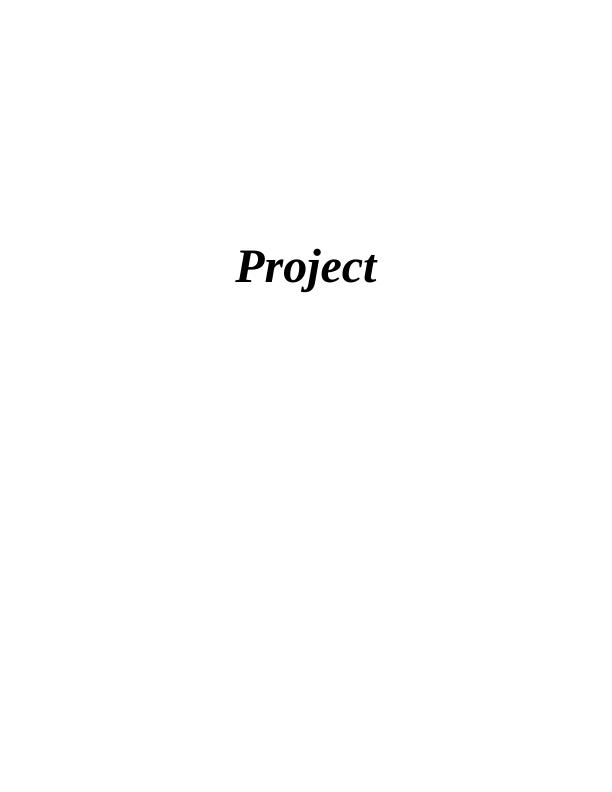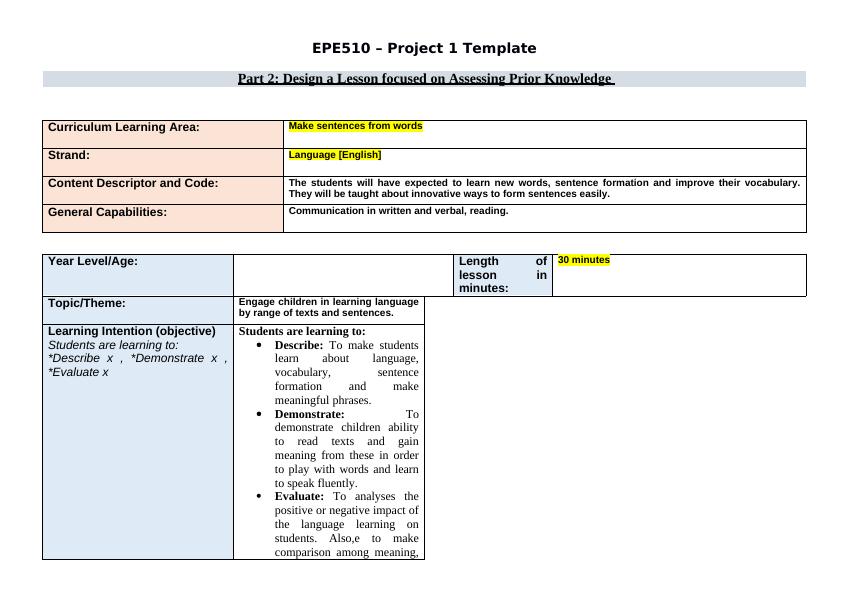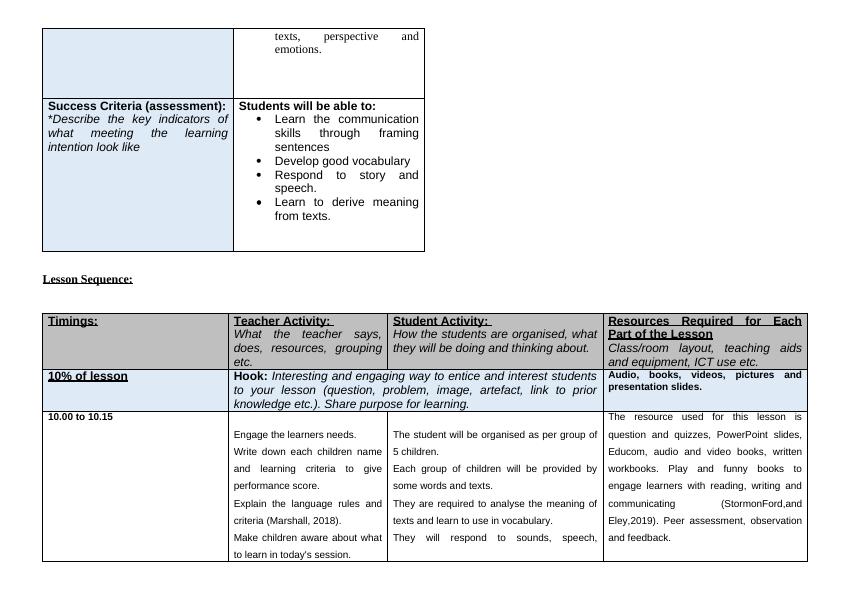Assessing Prior Knowledge: Designing a Lesson on Language Learning
11 Pages2698 Words176 Views
Added on 2023-06-10
About This Document
This article discusses how to design a lesson on assessing prior knowledge for language learning. It covers the curriculum learning area, content descriptor and code, general capabilities, year level/age, topic/theme, learning intention, success criteria, lesson sequence, and reflection. The article emphasizes the importance of using innovative techniques to improve vocabulary, sentence formation, and communication skills.
Assessing Prior Knowledge: Designing a Lesson on Language Learning
Added on 2023-06-10
ShareRelated Documents
End of preview
Want to access all the pages? Upload your documents or become a member.
Paper | Teaching English as a Second Language
|10
|2058
|60
Lesson Sequencing Design- Assignment
|17
|3186
|336
Pedagogy for EAL Classrooms - Lesson Plans for ESL Level 5 and 6
|21
|4193
|198
Keeping a Learning Log -Assignment
|5
|806
|16
CI 402E Emergent Education Lesson Plan Point Guidelines
|14
|2939
|11
Unit 2 Lesson Plan for Literacy - Differentiating between Facts and Opinions
|2
|629
|444




